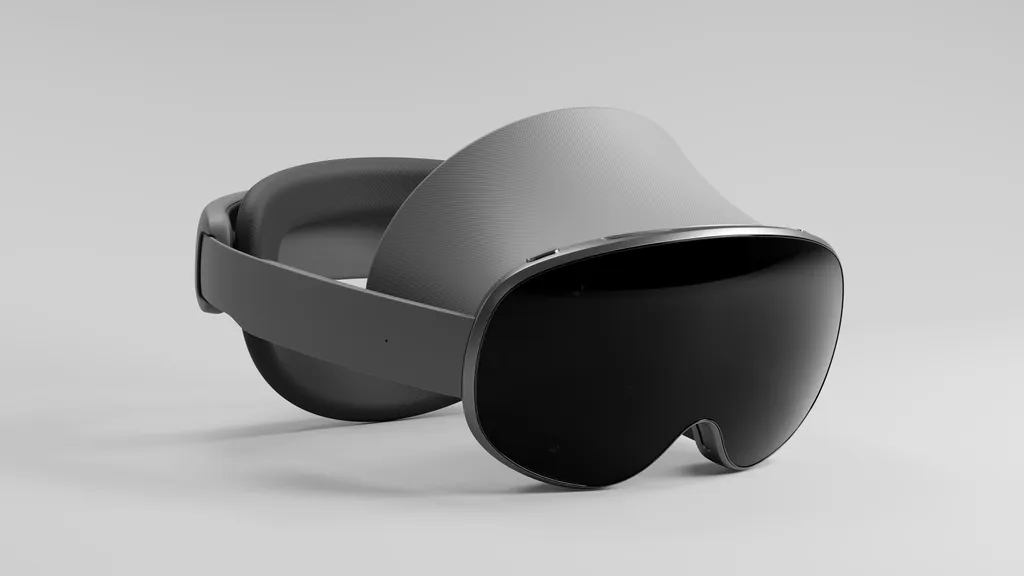Android XR Apps Will Be Able to Access the Cameras, But There Are Limitations

Google’s new Android XR platform is shaking up the world of extended reality (XR). The big news? Apps on Android XR headsets will be able to access both the world-facing camera and the selfie camera to create immersive experiences. These cameras play a major role in delivering mixed reality content.
The world-facing camera lets apps show the user’s surroundings, allowing them to overlay virtual elements on real-world views. This is great for mixed reality apps that need to blend digital content with physical space.
On the other hand, the selfie camera won’t show the user’s actual face. Instead, it provides a feed of the user’s avatar, which is a virtual version of their face. This is mainly for privacy, so users don’t have to worry about their real image being exposed.
These cameras will be used similarly to how cameras are handled on smartphones. Apps will need to request permission to access these feeds, just like they do on regular Android phones and tablets. This ensures users are in control of what their apps can see.
One difference between XR headsets and phones is the selfie camera. On XR headsets, it doesn’t act like a typical front-facing camera. It’s actually a set of cameras pointing inward, capturing the user’s avatar rather than their real face. In simpler terms, apps will get a virtual version of you, not a photo.
However, not all cameras on the headset will be available for apps. Google has confirmed that apps won’t be able to access the non-standard cameras, like the forward-facing or reconstructed inward cameras. For now, apps can only request access to the world-facing and selfie cameras.
This decision is partly to protect privacy. Many XR platforms, like Meta’s, have avoided offering this kind of access to prevent misuse. Still, Android XR is one of the few platforms allowing apps to use camera feeds, which could lead to more creative mixed-reality experiences.
Google’s decision to allow apps to use these cameras is an interesting move in the XR space, and it will be exciting to see how developers take advantage of this new capability. But privacy remains a concern, and it will be important for Google to strike a balance between openness and security.
Have something to add? Let us know in the comments below!
